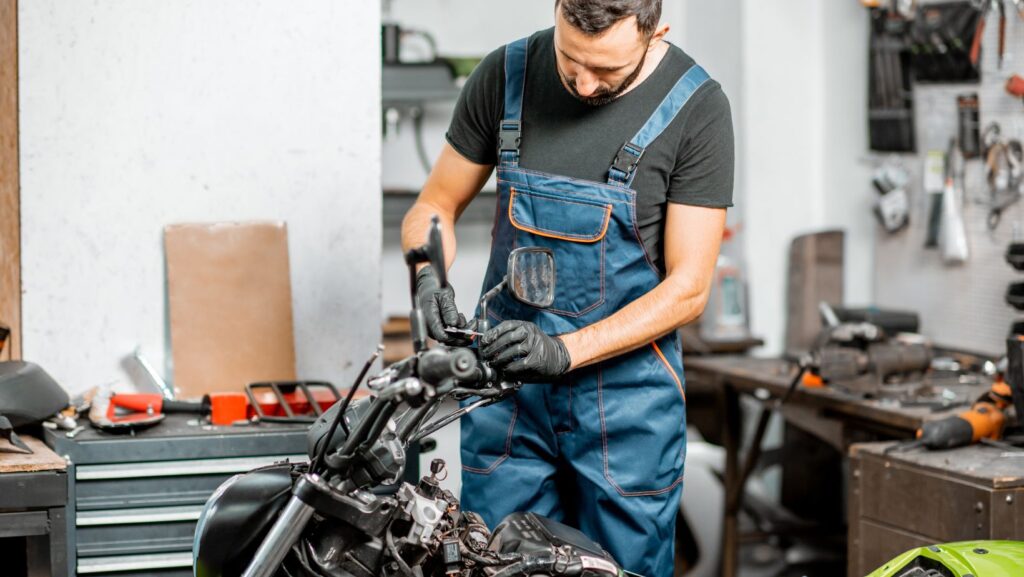
Repairing instrument clusters is crucial for maintaining the functionality and accuracy of vehicle dashboards. Whether you’re a professional mechanic or a car enthusiast, having the right tools can make all the difference in performing repairs efficiently and effectively. This article explores the essential tools required for instrument cluster repair, their functions, and why they are indispensable in the automotive repair industry.
Introduction to Instrument Cluster Repair
The instrument cluster, also known as the dashboard or instrument panel, displays vital information to the driver, such as speed, fuel level, engine temperature, and warning lights. Over time, these clusters can develop issues ranging from faulty gauges to backlighting problems, requiring skilled repair to ensure continued functionality and safety on the road.
Essential Tools for Instrument Cluster Repair
1. Screwdrivers (Various Sizes)
Screwdrivers are fundamental tools needed to access the instrument cluster. They come in various sizes and types, including flathead and Phillips head, to fit different screw types commonly used in vehicle dashboards.
2. Panel Removal Tools
Panel removal tools are designed to safely pry open plastic panels, trim pieces, and bezels without causing damage. These tools are essential for accessing the instrument cluster without scratching or breaking the surrounding components.
3. Socket and Wrench Set
A socket and wrench set is necessary for removing bolts and nuts securing the instrument cluster and other related components. Having a range of socket sizes ensures compatibility with various fasteners found in different vehicle models.
4. Digital Multimeter
A digital multimeter is indispensable for diagnosing electrical issues within the instrument cluster. It measures voltage, current, and resistance, helping to identify faulty connections, blown fuses, or malfunctioning components like sensors and gauges.
5. Soldering Iron and Solder
For repairing circuit boards and electronic components within the instrument cluster, a soldering iron and solder are essential tools.

They enable precise soldering of broken connections, damaged tracks, or replacement of faulty components.
6. Desoldering Pump or Solder Wick
To correct mistakes or remove old solder during repairs, a desoldering pump or solder wick is used. These tools facilitate the removal of excess solder, making it easier to replace components or fix circuit board issues effectively.
7. Needle-nose Pliers
Needle-nose pliers are useful for gripping and maneuvering small wires, connectors, and components within tight spaces of the instrument cluster. They provide precision when handling delicate electronic parts during repair work.
8. Trim Clip Removal Tools
Trim clip removal tools are specialized tools that help in safely removing trim clips without damaging them or the surrounding panels. These clips secure various dashboard components, including the instrument cluster, and are often reusable.
9. Cleaning Supplies
Cleaning supplies such as electronics cleaner, cotton swabs, and isopropyl alcohol are essential for maintaining cleanliness and removing dust, debris, or corrosion from electronic components and connectors during repairs.
10. Replacement Bulbs and LEDs
If the instrument cluster’s backlighting is faulty, having replacement bulbs or LEDs specific to the vehicle model is crucial. These components ensure proper illumination of gauges and indicators for clear visibility in all driving conditions.
11. Service Manual or Wiring Diagrams
A service manual or access to wiring diagrams specific to the vehicle model aids in understanding the instrument cluster’s wiring layout, connector pinouts, and diagnostic procedures.

This information is invaluable for troubleshooting complex electrical issues.
Importance of Using the Right Tools
Using the right tools for vehicle instrument cluster repair is essential for several reasons:
- Efficiency: Proper tools help mechanics and enthusiasts work faster and more efficiently, reducing repair time and labor costs.
- Precision: Specialized tools ensure delicate electronic components are handled with care, minimizing the risk of damage during disassembly and reassembly.
- Safety: Correct tools reduce the likelihood of accidents or injuries that could occur when using makeshift tools or improper techniques.
- Quality Repairs: By using the appropriate tools, technicians can perform high-quality repairs that restore the instrument cluster’s functionality to factory standards.
Conclusion
In conclusion, repairing instrument clusters requires a specialized set of tools designed to handle the intricacies of automotive electronics. From basic screwdrivers to advanced diagnostic equipment like digital multimeters and soldering irons, each tool plays a vital role in ensuring the dashboard functions reliably. Whether you’re repairing gauges, addressing backlight issues, or troubleshooting electrical faults, having the right tools at your disposal is key to successful instrument cluster repair. By investing in quality tools and staying informed about vehicle-specific repair techniques, mechanics and enthusiasts alike can maintain and enhance the performance of vehicle dashboards effectively.



